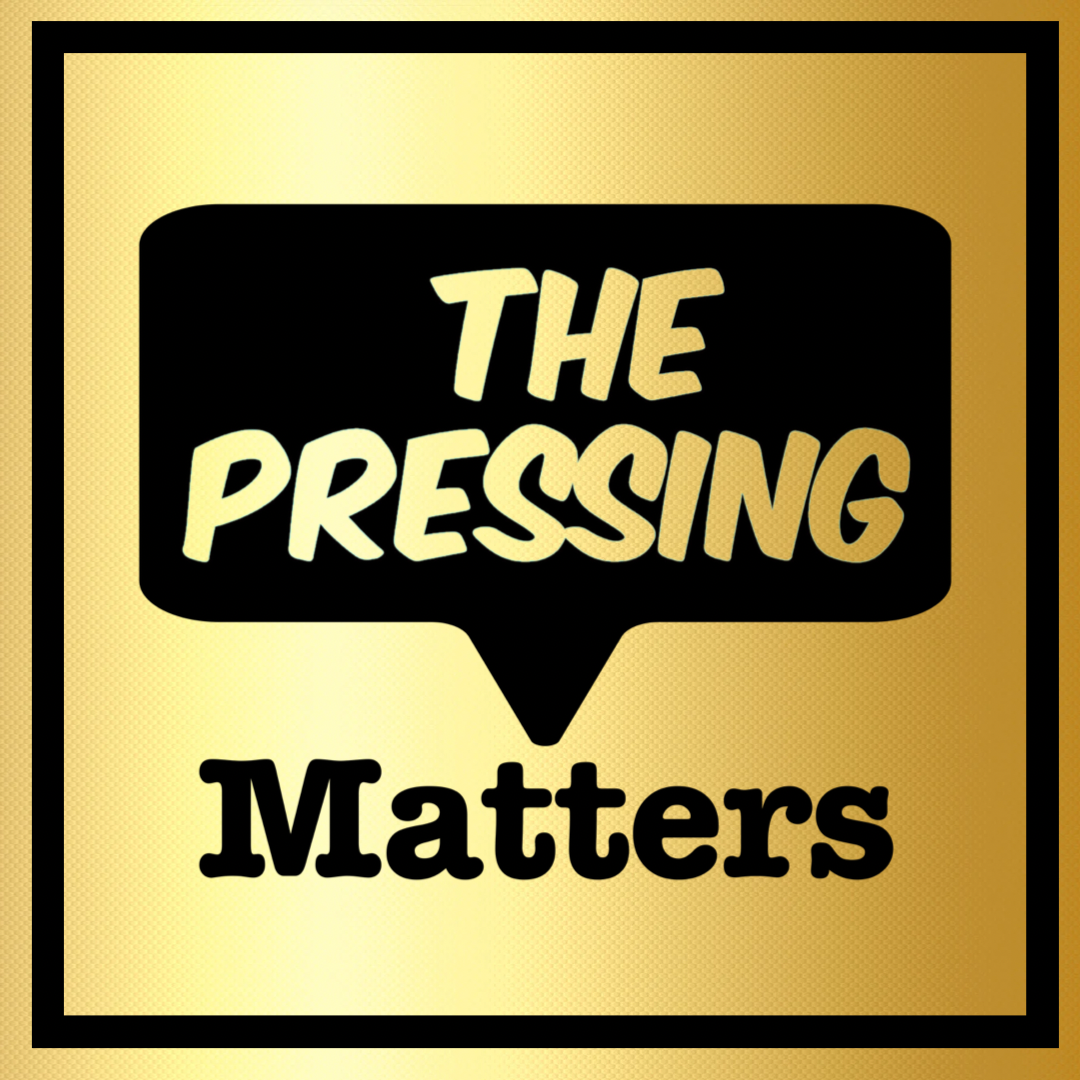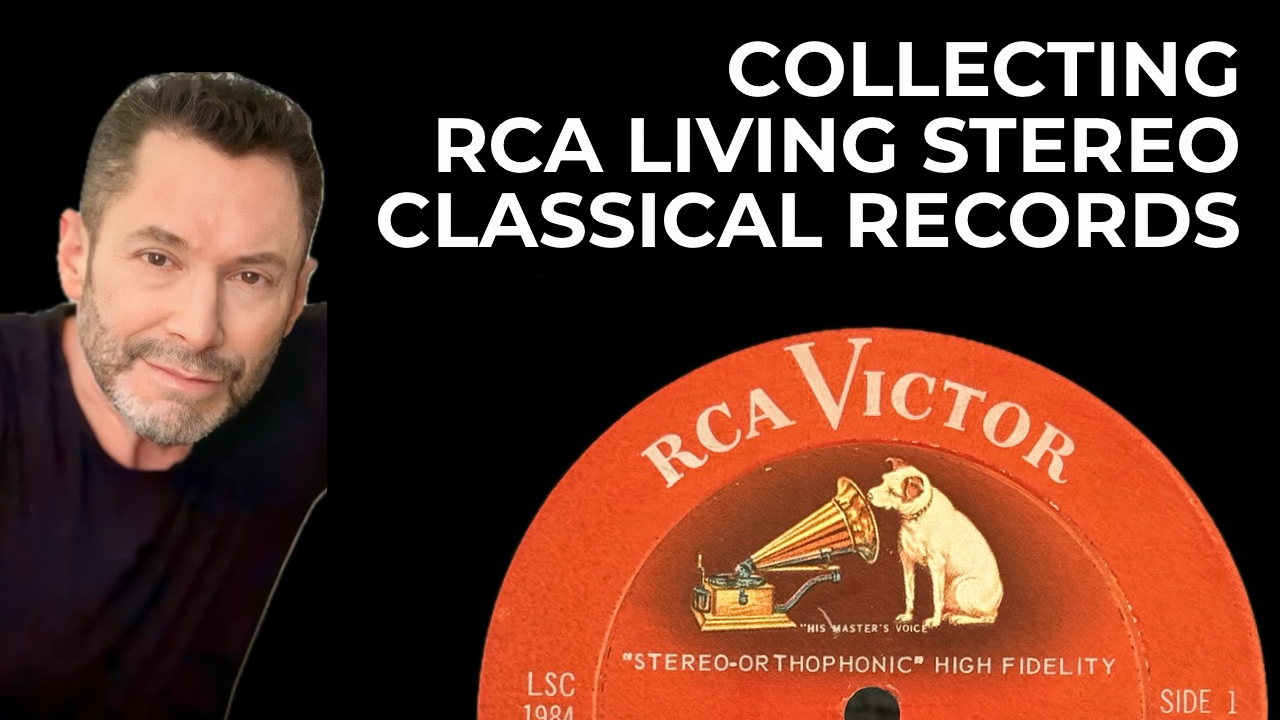The Golden Age of RCA Living Stereo: A Collector's Guide
In this comprehensive guide, I share the accumulated wisdom of years of collecting RCA Living Stereo classical records. We’ll explore the history, the key identifiers, labels, pressing plants, and essential tips for building your own collection of these golden age treasures.
The Golden Age of Living Stereo: The golden age of RCA Living Stereo spans from approximately 1958 to 1964. This period is revered for its superior recordings, top-tier orchestras, and unmatched engineering. It ends with the introduction of the "Dynagroove" process in 1964, which is often viewed less favorably by audiophiles.
Why These Records Matter: Several factors make these records highly collectible:
Early stereo recording techniques
All-tube microphones, mixing consoles, and mastering chains
Legendary conductors and orchestras including Fritz Reiner, Arthur Rubinstein, and Charles Munch
The sound is lush, warm, and dimensional—qualities prized by classical music lovers.
Personal Memories: My own introduction to Living Stereo came through my parents’ collection, played on a Magnavox console. These records sparked my lifelong fascination with classical vinyl.
The First Records: The very first RCA Living Stereo release was LSC-1806, followed by LSC-1817. RCA had been recording in stereo years before stereo LPs existed, so there was a ready-made catalog when the format launched.
Mono vs. Stereo: Don’t overlook mono editions—they share the same covers and catalog numbers (with the prefix LM for mono and LSC for stereo) and often sound excellent. They can serve as placeholders until stereo versions are found.
Jacket Identifiers: Early jackets prominently feature the "Living Stereo" banner. Later issues moved to smaller logos, and eventually to Dynagroove branding. Always check the back cover for date codes and the front for label styles.
Alternate Covers: Some titles have multiple cover variations—both are collectible. Don’t hesitate to grab both versions when you find them.
Label Guide:
Shaded Dog (most prized)
White Dog (from 1965 onward—still excellent)
No Dog (1970s, thinner vinyl)
Side Dog (later 70s)
All of these can sound good, but shaded and white dogs are preferred. Even no dog labels can offer fine sound for placeholders.
Soria Series: Deluxe RCA Soria Series box sets feature superior packaging and sound. They include beautiful booklets and special labels—well worth collecting.
Pressing Plants: Look for the following plant codes in the dead wax:
I = Indianapolis (preferred)
R = Rockaway
H = Hollywood (less desirable)
Indianapolis pressings are considered the best in quality and sound.
Cleaning Tips: RCA Living Stereo records, particularly early ones with "Miracle Surface," often require multiple cleanings for optimal sound. Ultrasonic cleaning is highly recommended, but even a basic vacuum cleaner can yield good results with persistence.
Decca Recordings: Some RCA Living Stereo titles were actually recorded by Decca in the UK and are coveted for their outstanding sound quality. Look for European orchestras and engineers like Kenneth Wilkinson.
Dynagroove Warning: Later "Dynagroove" pressings can look similar to shaded dog labels but include the Dynagroove logo. These generally sound inferior to pre-1964 pressings.
Conclusion: For collectors of RCA Living Stereo classical vinyl, the keys to success are simple:
Prioritize shaded dog and white dog labels
Look for Indianapolis pressings
Clean thoroughly
Don’t overlook mono editions or later pressings for placeholders
With diligence, you can build an extraordinary collection without breaking the bank. Happy hunting!


